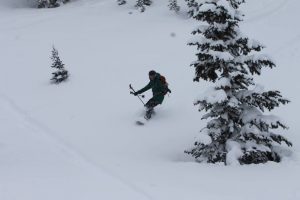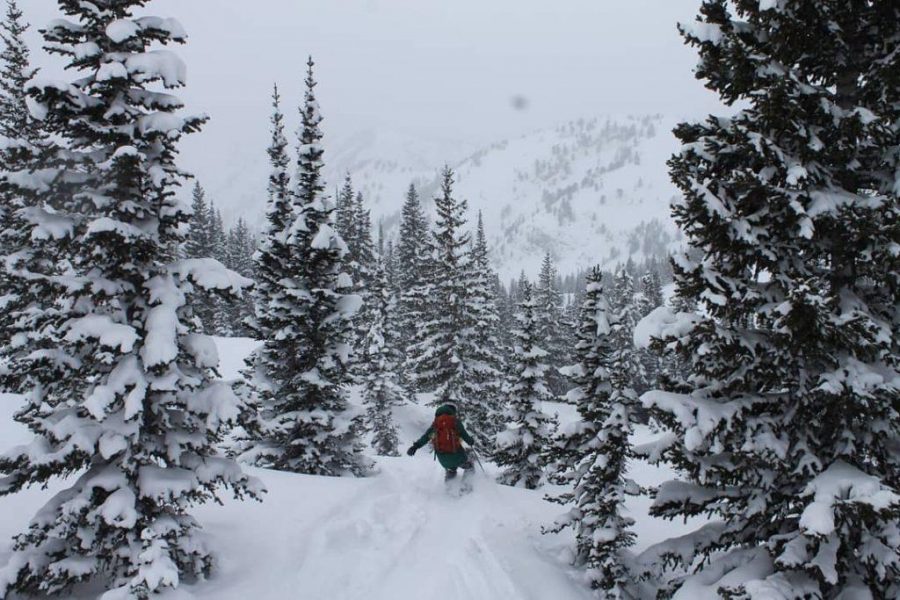At the beginning of every Avalanche One training class the instructors always ask, “Why are you here?” Almost everyone in the class answers with some version of, “I’m sick of lift lines and I want to ski some gnarly, waist deep powder and not die.” If you feel the same, a PRTS Avalanche Level One training course through the University of Utah will give you the risk assessment tools to ski the greatest snow on earth, keep yourself and others safe while in the backcountry, and earn credits toward your degree.
I caught up with Nick Rushford, who is in his third year of teaching the Avalanche One training course at the U. Explaining why this year has been dangerous for backcountry skiing, he said, “This year has been very Colorado-esque. We have had long periods of high pressure and a small snowpack. What this leads to isn’t bad skiing, but rather people being excited when it snows even when it’s not the conditions to be out there.” He adds, “The reason why we have had multiple avalanche incidents in Utah this year is because people have been putting problems and human factors on the backburner.” Human factors include cognitive biases like groupthink, sunk cost, expert halo, and familiarity. These factors affect our decision making, and not being aware of them can lead to death in the mountains. Human factors are just one of the many variables you need to consider while in the mountains. “I’m excited for people to get out there and learn more about this stuff in-depth,” Rushford said.

Not being aware in the backcountry leads to very real consequences. On January 26, 2018, a group of three experienced backcountry skiers went up to Big Cottonwood canyon and unintentionally triggered a 20” by 150’ avalanche. Reports say they had taken a couple of runs down the slope previously before the slope collapsed. One of the party members caught in the avalanche suffered a head injury and was airlifted out of the Wasatch.
If you have no backcountry experience, an Avalanche One course with Avalanche Rescue Training will give you the basic tools you need to be safe in the mountains. In the Avalanche One training course offered through the University of Utah’s PRTS program, you will learn about avalanche risk assessment, mental checklists, and how to perform an avalanche rescue. If you already have taken Avalanche One with Avalanche Rescue Training, Avalanche Two will delve deeper into the snow science behind avalanches and will help further hone your avalanche assessment skills.
Avalanches are predictable, and with the right training you can learn to mitigate risk, prevent injury to other people, earn credits toward your degree, and get as many powder shots as possible. To sign up for an avalanche training course, visit the University of Utah campus information services page, browse the course catalog, click on the PRTS course, and search for the level of avalanche training that is right for you. Stay safe, and happy touring.
Cover photo by Samira Guirguis.


